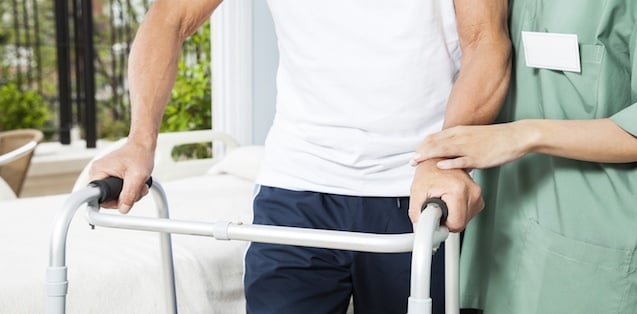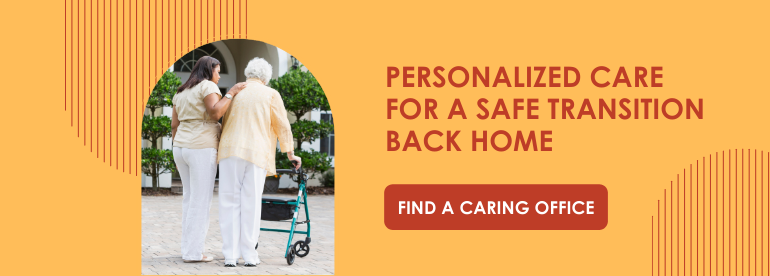In-patient rehabilitation brings the therapists to the patients instead of expecting patients to travel to a rehab clinic. Inpatient facilities can be found inside of hospitals, assisted living facilities, and nursing homes. The goal is to help patients regain their maximum physical function following an event or in the course of a disease that impairs movement, communication, and independence. Let's dive into in-patient rehab and how it can help seniors.
Seniors Who May Require In-Patient Rehab
While seniors may perform out-patient rehab, which involves traveling to a rehab clinic for their treatment, or in-home rehab, which involves seniors receiving treatment at home, in-patient rehab requires the senior to remain in a facility with full access to therapists and medical attention. This type of intensive therapy can be most beneficial to seniors who have experience or are experiencing any of the following:
- Arthritis
- Bone and joint injuries and replacements
- Stroke
- Neurological problems such as multiple sclerosis and Parkinson's disease
- Cancer treatment and surgery
- Brain injury.
Benefits of In-Patient Rehab
-
Comprehensive treatment: Most centers have a variety of professional caregivers on staff including social workers and dieticians who work together to provide all of the services a senior needs to regain as much function and independence as possible in as short a time as possible.
-
Motivation: Thanks to round-the-clock attention by a dedicated team, seniors can have greater motivation to heal. Opportunities to make friends and enjoyable activities stave off depression and loneliness common to recovering seniors who are socially isolated;
-
Increased safety: Completing rehab exercises alone at home may lead to new injuries and worsen the ones they are working to overcome. In an in-patient rehab center, patients build strength at their own pace under close supervision from professionals, reducing the chance of injury.
-
Confidence: Seniors may gain confidence in their independent living skills. It is difficult to go from hospital to home with a "to-do" list. Encouragement from professionals and their validation that the patient is capable of performing activities of daily living will make the transition from facility to home easier.
In addition to these benefits, there are scientific studies that show the value of in-patient rehabilitation. A 1997 study reported in the Journal of the American Medical Association found that inpatient rehabilitation produced better outcomes for Medicare patients with stroke than those discharged to skilled nursing facilities. They also made better gains in independent living skills and had higher rates of return to their communities.
A 1998 study reported in the Journal of the American Geriatrics Society found that at 6 weeks, patients discharged to inpatient rehabilitation facilities showed significantly higher functional recovery than those discharged to skilled nursing facilities.
Drawbacks of In-Patient Rehab
While there are clearly many benefits of this type of rehabilitation for seniors, there are also drawbacks.
-
Unfamiliar environment: Seniors are most likely used to the comfort of their own home. After spending time in the hospital, they may just want to go home. Having to relocate to a rehab facility may be confusing for them. It can be hard to adapt to a new place, and some seniors may find the social aspect overwhelming.
-
Lack of independence: A facility where a senior is closely monitored may cause them to feel less independent. However, some seniors may appreciate the intensive care as they recover.
-
Cost: In-patient rehabilitation is often the most expensive form of rehabilitation because a senior is housed at the facility where they are getting treatment. This can create an extra financial burden for families and seniors.
It is up to a senior, their medical team, and their family to decide which rehabilitation option is the best for them. When your senior is ready to transition home, check out our Hospital to Home Step-By Step Guide!


